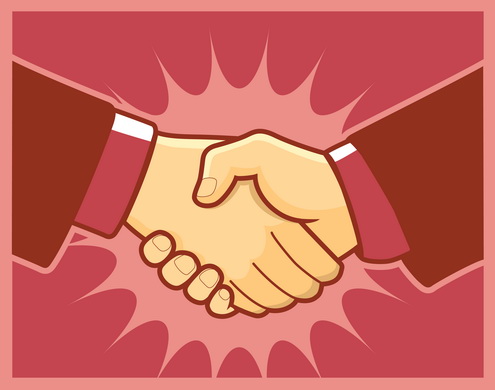“Good morning, how may I help you?” while I myself need help when the only thing good in the morning is waking up, and that’s even relative for some. So instead of crying over spilt milk, I thought maybe I should just make a list on how to keep my (in)sanity in check:
1. I guess first things first: Be positive. Nothing beats morning shine on a spotless mind. A friend of mine working in another Philippine call center once told me, “make work play, and you’ll be playing forever.”

Philippine call center
2. Another thing would be is to plan ahead as much as possible. I know what I should do, I think I should just keep track of my time table. This also entails knowing when my boss is thirsty and aching for (poison) coffee and its high and mighty time to suddenly get a stomach ache. This also applies to the other rodents who will play while the cat is away.
3. Don’t talk to stressors. I’m already stressed and I don’t need to talk to people who’ll just add 10 pounds on my stress-transferred-to-food scale. Speaking of food, I should really tell myself to avoid too much chocolate. I know that they’re like steroids for call center agents but then again, after all the blabbing action, they just leave me worn-out and irritable.
4. And most of all, which I think all Philippine call center employees should have, everyone should take a Me Time. After all, you can’t spell time without m-e, right? I should spend more time in the bath, brushing away the stress or maybe read something I enjoy. Then, I should just sneak to bed early (meaning 9 am), close the lights, lie softly then clear my mind before going to a land without headsets. I will avoid watching TV so as to not subconsciously put unwanted stress from information to my mind.
With that, I should go to sleep. Good mornight. #
